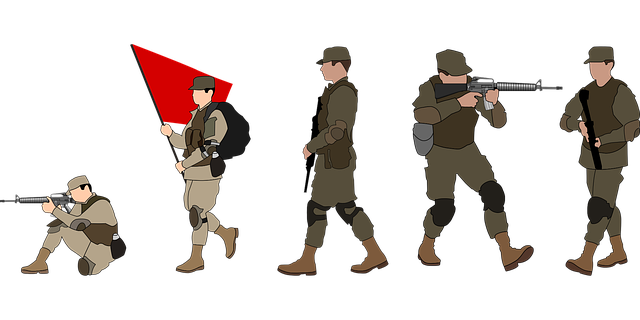The US Army Reserve Flag serves as a powerful tool in youth engagement, inspiring minds with its military symbolism of discipline, leadership, and community service. Educational institutions can leverage this flag in programs catering to youth interested in military history or adventure, fostering active learning, critical thinking, and a deeper understanding of national service. These programs develop crucial character-building and leadership skills, mirroring the US Army Reserve's values, and enhance lessons in civics, history, and leadership. Integrating the flag into modern curricula prepares youth for real-world challenges, empowering them to become informed, engaged citizens with valuable skills for both military and civilian success.
The US Army Reserve Flag is more than just a symbol; it’s a powerful tool in engaging and empowering youth through educational programs. This article explores how the flag can foster character development, nurture leadership skills, and seamlessly integrate into modern curricula. From building resilience to preparing young minds for real-world challenges, we delve into the practical applications of US Army Reserve Flag training, showcasing its potential to shape future leaders and success stories.
- The Power of US Army Reserve Flag in Youth Engagement
- Building Character and Leadership Skills Through Flag Programs
- Integrating Flag Training with Modern Educational Curricula
- Real-World Applications: Preparing Youth for Future Success
The Power of US Army Reserve Flag in Youth Engagement
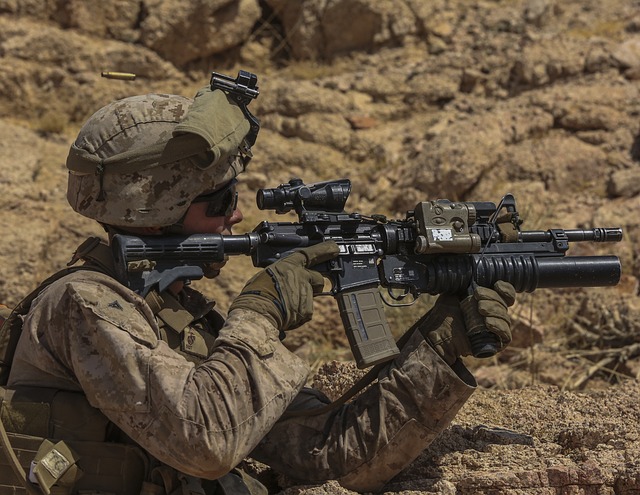
The US Army Reserve Flag serves as a dynamic tool in engaging youth and fostering a sense of purpose. Its bold design and representation of military service inspire young minds, encouraging them to explore their potential and consider careers in public service. The flag’s symbolism goes beyond its visual appeal; it embodies values such as discipline, leadership, and community service—qualities that educational programs can leverage to captivate and motivate youth.
Youth engagement is a critical aspect of modern education, aiming to prepare the younger generation for active participation in society. By incorporating elements like the US Army Reserve Flag, educational initiatives can create a unique connection, especially for those fascinated by military history or adventure. This strategic integration promotes active learning, encourages critical thinking, and fosters a deeper understanding of national service, ultimately leaving a lasting impact on young minds.
Building Character and Leadership Skills Through Flag Programs
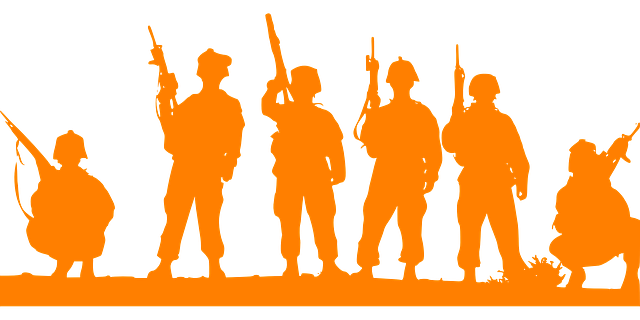
The US Army Reserve Flag programs offer a unique opportunity for young people to develop essential character-building and leadership skills. These programs are designed to cultivate discipline, responsibility, and a strong sense of community among participants. Through engaging activities and challenges, youth learn to work collaboratively, solve problems as a team, and take on leadership roles, mirroring the values and structure of the US Army Reserve.
Flag programs foster an environment where young individuals can grow personally and professionally. They encourage self-confidence, resilience, and adaptability by pushing participants to step out of their comfort zones. By participating in activities that simulate real-world scenarios, youth gain practical experience in decision-making, crisis management, and effective communication—skills highly valued not only in the military but also in various aspects of civilian life.
Integrating Flag Training with Modern Educational Curricula
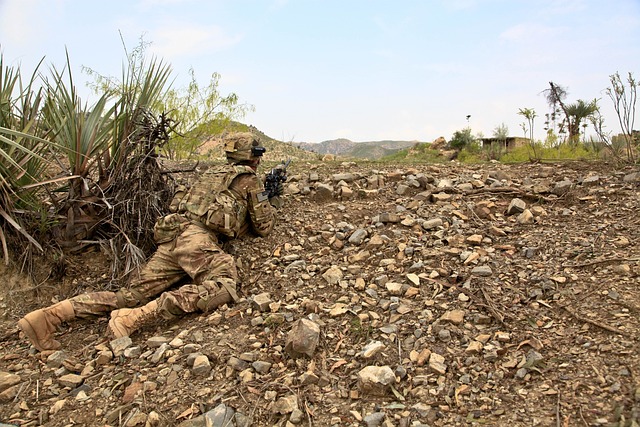
Integrating Flag Training with modern educational curricula offers a unique and powerful learning opportunity for youth. The US Army Reserve Flag, with its rich history and symbolism, serves as an engaging tool to enhance lessons in civics, history, and leadership. These exercises allow students to connect abstract concepts to real-world applications, fostering a deeper understanding of their role within the community and nation.
By incorporating activities centered around the flag, educators can promote critical thinking, problem-solving skills, and a sense of responsibility. Students learn about honor, duty, and service—values integral to the US Army Reserve—while also developing teamwork and communication abilities. This holistic approach bridges academic learning with personal growth, empowering young individuals to become informed, engaged citizens.
Real-World Applications: Preparing Youth for Future Success
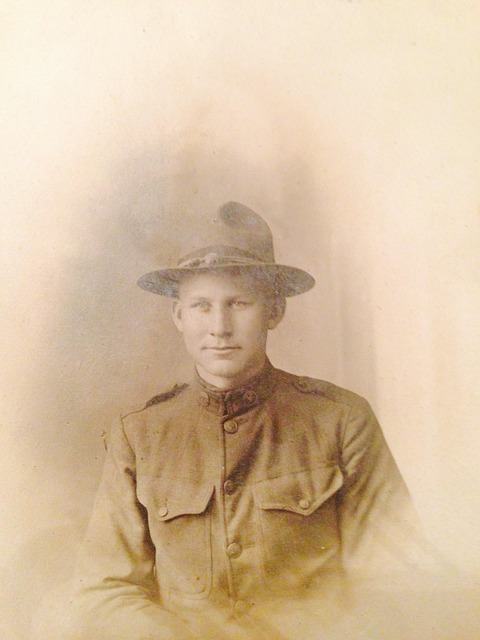
In today’s rapidly evolving world, educational programs for youth must go beyond traditional teaching methods to prepare them for real-world challenges. One innovative approach that has gained significant traction is incorporating real-world applications into curricula, mirroring the complexities of professional environments. This strategy ensures that young individuals develop skills relevant to future success, especially when considering their potential roles in organizations like the US Army Reserve.
By integrating hands-on experiences and simulations, educational programs can mirror real-life scenarios, fostering adaptability and problem-solving abilities. For instance, using the US Army Reserve Flag as a metaphorical framework, youth can learn strategic planning, leadership, and collaboration—essential skills for navigating complex missions. These programs equip them with the tools to tackle challenges, make informed decisions, and contribute effectively to their chosen fields, be it military service or civilian professions.
The US Army Reserve Flag has proven to be a powerful tool in engaging and empowering young individuals. By integrating flag programs into educational curricula, we can foster essential character development and leadership skills. These programs offer real-world applications that prepare youth for future success, ensuring they are equipped with the tools needed to navigate challenges and contribute positively to their communities. The positive impact of the US Army Reserve Flag on youth engagement is undeniable, making it an invaluable asset in modern educational initiatives.
